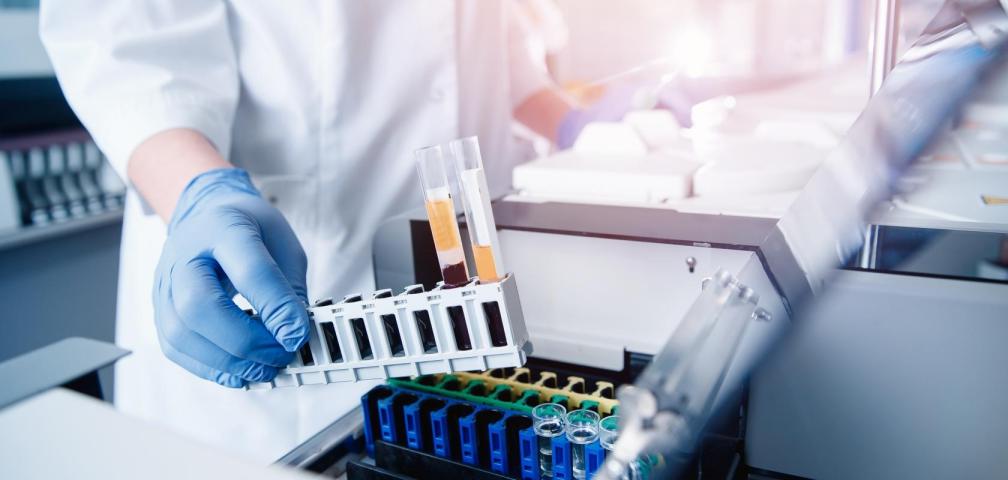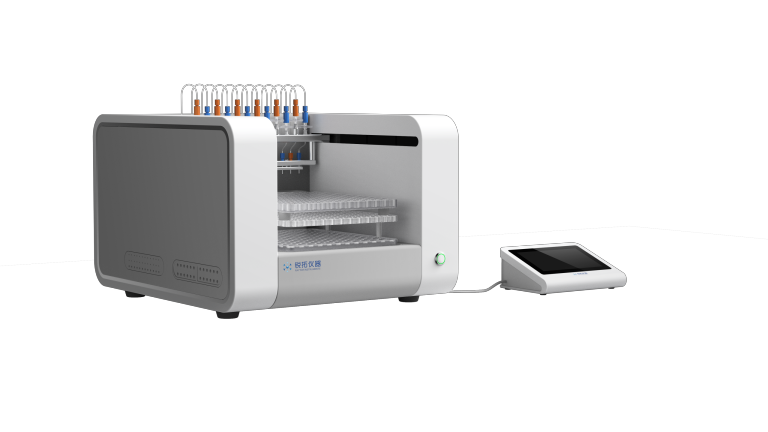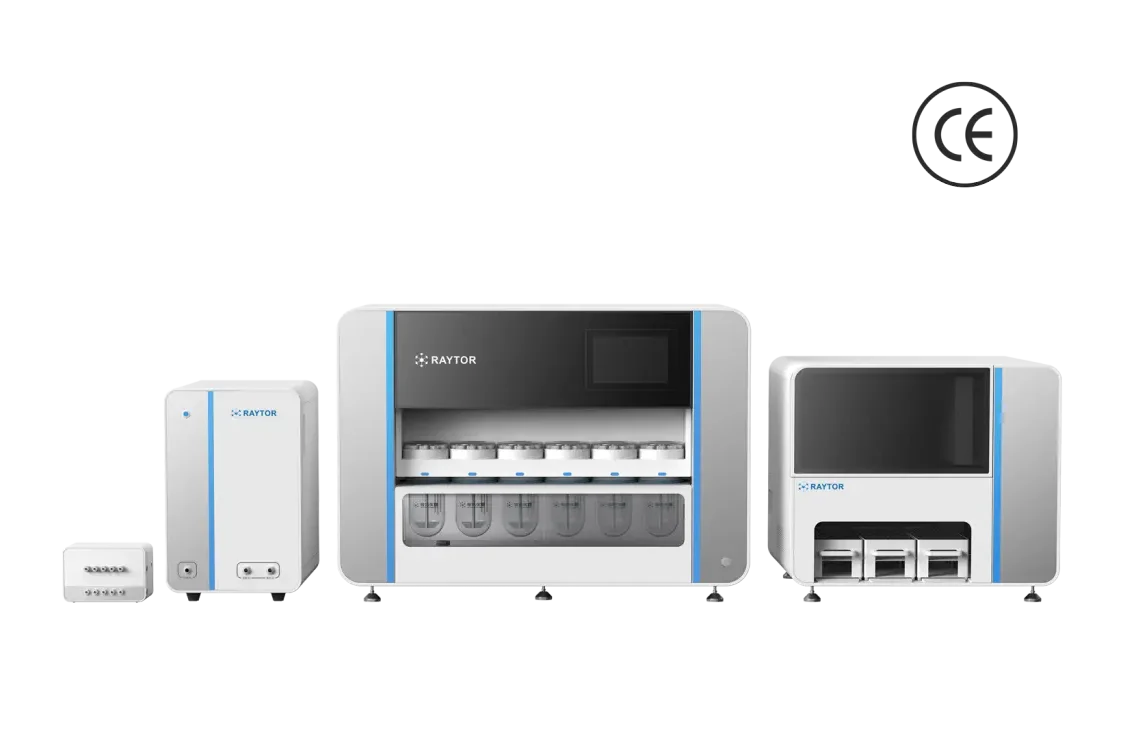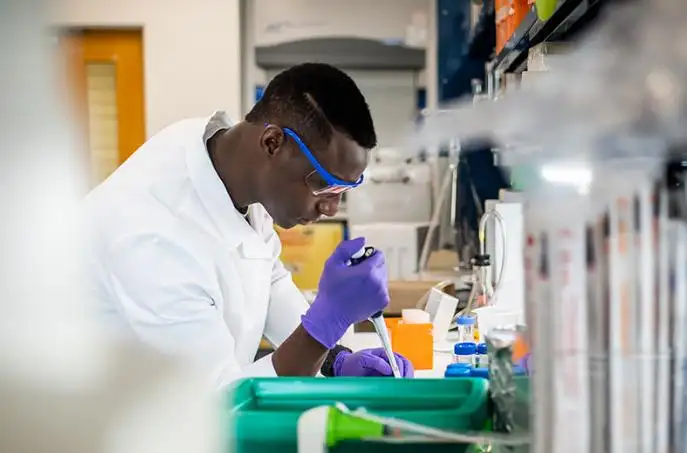Modern laboratories face tighter timelines and stricter validation rules than ever before. Research laboratory automation tools have therefore moved from the wish-list to the must-have column. Fully automated liquid handlers, smart pumps, and self-cleaning modules keep projects on schedule, free scientists from repetitive chores, and deliver the consistency that regulatory bodies demand.

Why Automation Now Matters More Than Ever
- Precision Beyond Human Steadiness
Even the steadiest hand falters after hundreds of pipetting cycles. Automated injection systems maintain a deviation of merely ±1 % across an entire shift, a level that reduces retesting and safeguards budgets. Digital calibration logs also shorten audits, because inspectors can trace every microliter back to a time-stamped action rather than a handwritten note.
- Time Once Lost, Now Reclaimed
A mid-size biopharma team typically spends one working day each week on rinsing glassware, topping up solvents, or collecting time-point samples. By delegating these tasks to research laboratory automation tools, the same group can redirect that day to data interpretation, method development, or drafting grant proposals. Productivity gains stack up quickly: one benchmark study recorded a 30 % faster lead-compound screen after automation was adopted.
Inside the RT-Auto Series
Raytor's RT-Auto line illustrates how far the technology has progressed. The platform folds several critical jobs - sampling, injection, filtration, and cleaning - into a space no larger than a desktop centrifuge.
✅ Expandable channels - laboratories can start with four channels and scale to twelve without moving cables or rewriting code.
✅ Touch-free vial puncture - caps stay sealed until a sterile needle pierces them, trimming contamination risk.
✅ Remote, glove-safe control - an exterior touchscreen lets technicians manage runs from outside the laminar-flow hood.
✅ Automated post-run wash - high-pressure rinses and air purges leave no residue, eliminating cross-talk between batches.
Unlike bulky legacy robots, the RT-Auto frame slides under an ultra-clean bench and uses corrosion-resistant alloys to survive aggressive reagents. That resilience opens doors beyond pharmaceutical labs; food-quality analysts, semiconductor fabs, and cosmetic formulators all benefit from the same precision dosing.
• A Quick Breakdown of Core Components
• Micro-volume piston pump capable of 1 µL resolution
• Stepper-driven arm with three-axis reach for vial arrays of 20 - 180 positions
• Modular cartridge that accepts activated-carbon or PTFE filters for darker media
• Ethernet and Wi-Fi ports for LIMS integration
Real-World Scenes from the Bench
“No one misses the 2 a.m. trip to the shaker,” a senior fermentation engineer remarked after a month-long pilot. That off-hand comment captures a broader shift: when sampling becomes automatic, whole protocols change.
- Pharmaceutical Development
Staggered time-point collection once forced analysts to sleep in the office during dissolution studies. With programmable syringes drawing aliquots at ten-minute intervals - and replacing lost volume with pre-warmed media - teams receive a complete dissolution curve in the morning inbox. Data integrity improves because every sample shares the same temperature and stir rate.
- Food Safety & Environmental Testing
Detection of visible foreign matter in injectable nutrition or bottled water depends on pristine sampling. Automation reduces glove changes and open-air transfers, slashing particulate counts that could create false positives. Sample trays move straight from the RT-Auto deck into optical inspection systems, tightening the entire loop.
- Semiconductor Wet-Process Lines
Chip manufacturers battle ionic contamination measured in parts per trillion. Automated micro-sampling lets process engineers pull consistent aliquots from acid baths without opening the tool bay. Results feed directly into SPC dashboards, triggering preventive actions hours sooner than manual methods allowed.

Choosing Research Laboratory Automation Tools
Procurement managers face dozens of models, each promising speed and accuracy. A structured checklist keeps the search grounded in project needs rather than brochure gloss.
• Instrument Footprint - Measure bench depth, hood height, and door clearance. A tool that blocks the sash on a bio-safety cabinet may introduce ergonomic hazards.
• Channel Flexibility - Early-stage labs testing a handful of drug candidates can start small, then add syringes without factory service.
• Maintenance Downtime - Request mean time between service calls and swap time for seals or piston heads. Every hour offline can delay a study deadline.
• Data Connectivity - Instruments exporting open-format CSV or JSON integrate more easily with analytics pipelines than hardware locked behind proprietary viewers.
• Total Cost of Ownership - Energy draw, solvent savings, and operator labor should be modeled over three to five years; in many audits, labor eclipses the purchase invoice.
A comparative matrix built on these criteria often reveals a clear winner and prevents surprise expenses after installation.
Cost of Ownership vs. Sticker Price
The initial price tag garners the loudest attention, yet ongoing expenses can eclipse the first payment within two fiscal cycles. Automated cleaning cycles, for example, consume less detergent than manual wash stations because flow rates are controlled to the milliliter. Reduced consumable usage benefits budget lines and environmental metrics alike. Where power efficiency is documented, laboratories may gain credits toward corporate sustainability goals.
• Training the Team for an Automated Future
Technology adoption succeeds only when people trust and understand the system. Start with a one-day workshop that covers safety interlocks, emergency stops, and routine checks. Follow with short refresher videos on the lab intranet, enabling new hires to learn procedures without tying up senior staff. Peer-led knowledge sharing - such as brief lunchtime talks on best practices - strengthens confidence and accelerates the shift from manual to automated methods. Cultivating a data-first mindset complements hardware upgrades. When every sample is time-stamped and every deviation triggers an alert, teams develop habits of real-time review rather than end-week retrospectives. This cultural pivot, enabled by research laboratory automation tools, can shrink decision loops from days to minutes.
Final Word
Laboratories run on accuracy, safety, and speed. Smart automation brings all three into better balance, allowing organizations to tackle more ambitious research questions without hiring armies of technicians. With vendors like Raytor pushing the envelope on compact, scalable systems, the automation wave is set to reach even the smallest academic labs. The discussion no longer revolves around the novelty of robots but around the strategic resizing of human effort. Teams that ride the wave now will likely become the benchmark others study tomorrow.



